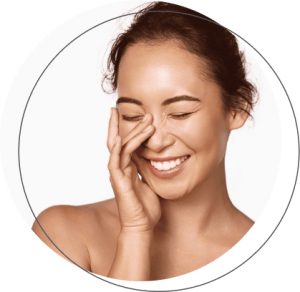
Teeth whitening or dental bleaching is the process of whitening the shade of your teeth. Whitening is commonly desired when teeth get yellowed over time due to various reasons and are accomplished by altering the teeth’ colour or intrinsic and extrinsic surface. This technique can be performed in the dental office or the comfort of your own home. Below are some of the most common teeth whitening methods that you can use to whiten your teeth, with all of them being reasonably safe to do.
One technique in Adelaide teeth whitening that you may find in your dentist’s office is called gels and trays. The gels are applied to the teeth using a tray. A special gel is then applied over the trays, left in place for the period prescribed by the dentist. If you prefer this type of whitening treatment, you should bring in a clean toothbrush to remove any plaque that may remain after you have had your teeth whitened. Be sure to ask your dentist if you need to remove the trays or keep them on the rest of the teeth for an additional day.
Another whitening method is known as laser whitening and is becoming more popular among those who wish to have a whiter smile without the use of gel or trays. It utilizes a special kind of laser, similar to the kind used to treat cancer. When this laser is used on the teeth, it causes discolouration when teeth get yellow.
However, while a laser can significantly reduce the overall discolouration, it is not nearly as effective at removing yellowness and stains caused by coffee, tea, tobacco, or other types of discoloured food and drink. Even with this method, however, you may experience some discomfort and may even be required to wear protective gear to prevent any heat from reaching the skin around the teeth. Some of these procedures are available at a dental office, while others are carried out at a spa.
Whitening toothpaste can also help remove the plaque and stains caused by food and drink. They contain a substance called hydrogen peroxide, which works against the bacteria that cause most discolouration. If you follow the instructions on the package, you should be able to rinse the toothpaste off of your teeth with warm water. However, this solution may not be as effective as the dentist’s process, which has a more significant effect and requires less preparation time.
There are also at-home kits and over-the-counter kits for whitening. Some of these are more effective than others, depending on your specific needs. For example, one kit may be more effective than another kit if you do not have susceptible teeth or are prone to chipped teeth. On the other hand, if you are happy to let the professionals take care of things, you should find a home kit that contains the same ingredients as the professional kits, without the need to purchase extra supplies.
The primary Adelaide teeth whitening process usually starts with a visit to the dentist. Once there, your dentist will evaluate the condition of your teeth, gums and bite. He or she will want to know whether you have had recent dental work done like crowns and caps or whether you are susceptible to the acid in the mouth causing more discolouration. He or she may also want to know about your lifestyle, especially your diet, because certain foods can cause problems with the whitening process, as can certain medications.
Professional tooth whitening strips are a popular way to whiten. These strips contain either carbamide peroxide or hydrogen peroxide and are applied to your teeth after breakfast. After eating breakfast, you can remove the whitening strips, which you wear for about thirty minutes or so. Then, they are placed in your mouth for the prescribed period. Most dental practitioners recommend that you remove the strips at night before bedtime, though this might vary from person to person.
Bleaching trays are another popular method of bleaching. Whitening trays, similar to those used by dentists, consist of bleaching gel placed over a small portion of your tooth. The bleaching gel is typically placed on your teeth for a maximum of two hours, while your dentist will study your colour change results. These whitening kits and strips are effective but can often be costly, sometimes costing several hundred dollars.
